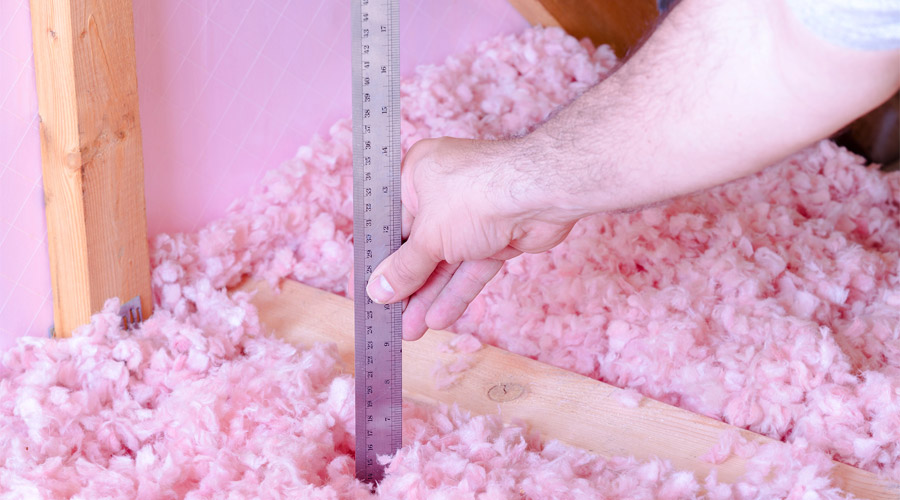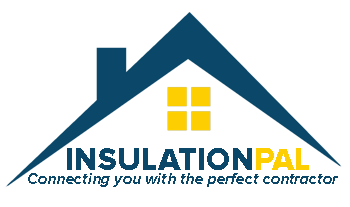What is Fibreglass Insulation?
Discover everything you need to know about fibreglass insulation, one of the most popular and cost-effective insulation materials for homes.

What is Fibreglass Insulation?
Fibreglass insulation, also known as glass wool, is one of the most widely used insulation materials in residential and commercial buildings. Made from fine glass fibers, this insulation material is created by melting sand and recycled glass at extremely high temperatures, then spinning the molten material into thin fibers.
How Fibreglass Insulation Works
Fibreglass insulation works by trapping air within its structure. The tiny glass fibers create millions of small air pockets that slow down the transfer of heat. This thermal resistance is measured by R-value - the higher the R-value, the better the insulation performance.
Types of Fibreglass Insulation
1. Batt and Roll Insulation
Pre-cut panels or continuous rolls that fit between standard stud and joist spacing. Available in various thicknesses and R-values to meet different insulation needs.
2. Blown-in Fibreglass
Loose-fill fibreglass that's blown into attics, walls, and other spaces using special equipment. Ideal for irregularly shaped areas and retrofit applications.
3. Rigid Fibreglass Boards
Dense, semi-rigid boards used in commercial applications and specific residential uses where higher compressive strength is needed.
Benefits of Fibreglass Insulation
- Cost-effective: One of the most affordable insulation options available
- Non-combustible: Will not burn, providing fire safety benefits
- Moisture resistant: Does not absorb water, preventing mold and mildew
- Easy installation: DIY-friendly for homeowners with basic skills
- Long-lasting: Maintains performance for decades when properly installed
- Recyclable: Made from recycled glass and can be recycled again
Where to Use Fibreglass Insulation
Fibreglass insulation is versatile and can be used in:
- Attics and crawl spaces
- Exterior walls
- Basement walls
- Floor joists over unheated spaces
- Interior walls for soundproofing
Installation Considerations
While fibreglass insulation can be installed by homeowners, proper installation is crucial for optimal performance:
- Always wear protective gear including gloves, long sleeves, eye protection, and a dust mask
- Cut insulation with a sharp knife and compress minimally to maintain R-value
- Fill all gaps and voids to prevent thermal bridging
- Install vapor barriers where required by local building codes
- Ensure proper ventilation in attic installations
Common R-Values and Applications
Typical R-Values for Fibreglass:
- • R-11 to R-15: 2x4 wall cavities
- • R-19 to R-21: 2x6 wall cavities and floors
- • R-30 to R-38: Attics in moderate climates
- • R-49 to R-60: Attics in cold climates
Potential Drawbacks
While fibreglass insulation has many benefits, consider these potential issues:
- Can cause skin, eye, and respiratory irritation during installation
- Performance decreases when compressed or wet
- Does not provide air sealing properties
- Can settle over time, reducing effectiveness
- May not completely fill irregular spaces
Cost Considerations
Fibreglass insulation is typically the most budget-friendly option, with costs ranging from $0.40 to $1.50 per square foot for materials. Professional installation adds $1.00 to $2.50 per square foot, making it an excellent choice for cost-conscious homeowners seeking energy efficiency improvements.
Is Fibreglass Insulation Right for You?
Fibreglass insulation is an excellent choice for most homeowners due to its affordability, effectiveness, and versatility. It's particularly well-suited for new construction and major renovations where standard cavity sizes are available. However, for retrofit applications or areas requiring air sealing, consider combining fibreglass with other materials or choosing alternatives like spray foam.
Professional Installation Recommended
While fibreglass insulation can be a DIY project, professional installation ensures optimal performance, proper safety measures, and compliance with local building codes. Get quotes from certified insulation contractors in your area for the best results.
Quick Facts
- Material:Glass Fibers
- R-Value:R-2.9-4.3/inch
- Installation:Batt/Blown-in
- Lifespan:50+ years
- Fire Resistant:Yes
Get Professional Installation
Ready to upgrade your home with fibreglass insulation? Connect with certified contractors in your area.
